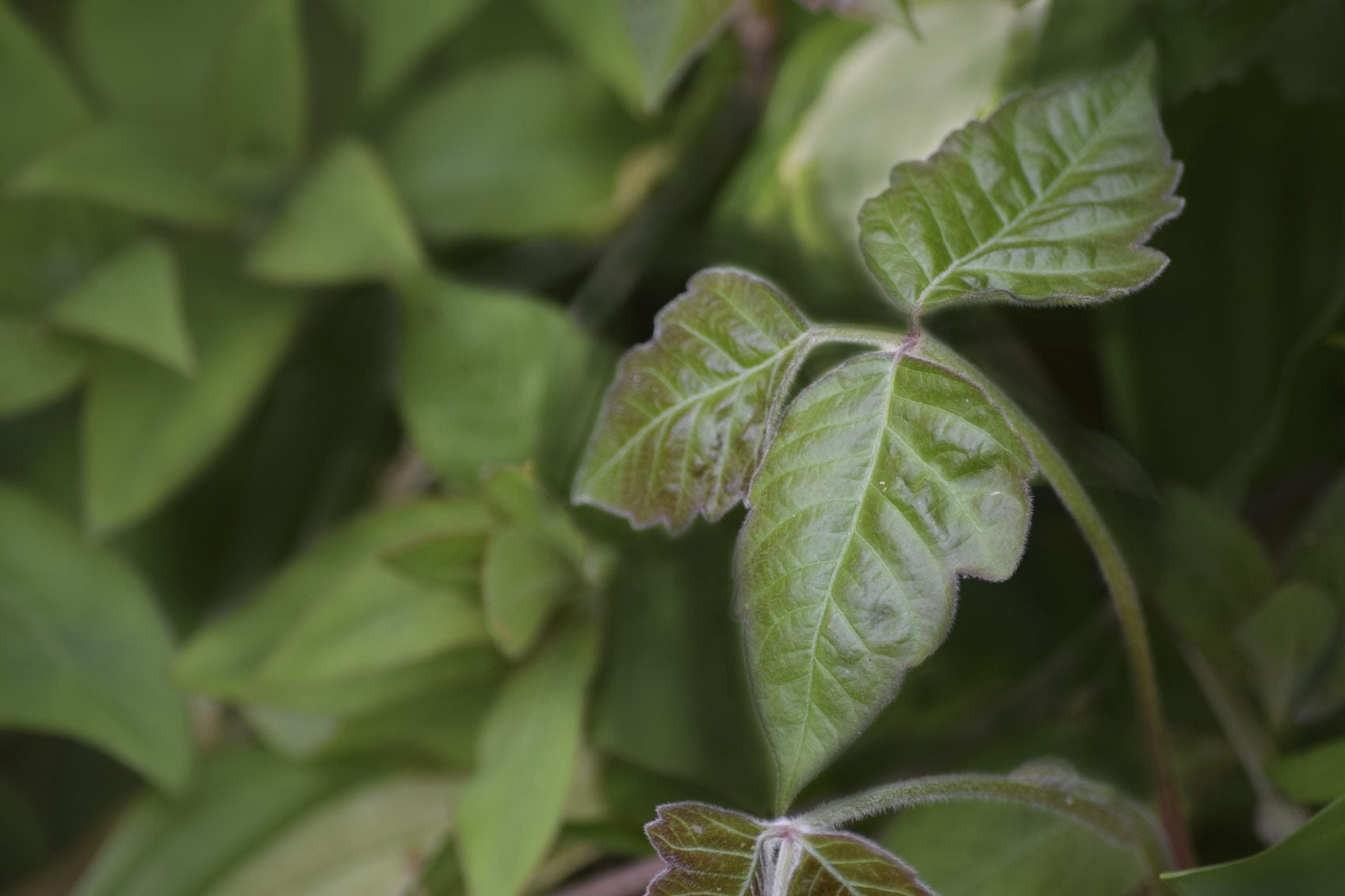What Is Urushiol Oil: Learn About Urushiol Plant Allergies


Plants are amazing organisms. They have a number of unique adaptations and abilities that help them thrive and survive. Urushiol oil in plants is one such adaptation. What is urushiol oil? It is a toxin that reacts upon skin contact, creating blistering and rashes in many cases. The oil is used for plant defense and ensures that no browsing animal feasts on the plant's leaves for very long. Urushiol is contained in many different plant species. Several plants in the family Anacardiaceae contain urushiol and some of them might be a surprise.
What is Urushiol?
The name urushiol is derived from the Japanese word for lacquer, urushi. In fact, the lacquer tree (Toxicodendron vernicifluum) is in the same family as many of the other urushiol containing plants, which is Anacardiaceae. The genus Toxicodendron contains the bulk of the urushiol wielding plant species, all of which can cause allergic reactions in up to 80% of individuals if they come into contact with the plant's sap. Reactions of urushiol contact vary but usually include an itching rash, swelling, and redness. Urushiol is an oil made up of numerous toxic compounds and is contained in the plant's sap. All parts of a plant with urushiol are poisonous. This means even contact with the smoke from a burning plant can cause deleterious effects. Urushiol in plants is effective up to five years later and can contaminate clothing, tools, pet fur, or other objects. It is such a strong toxin that ¼ of an ounce (7 ml.) of the stuff would be enough to give every human on earth a rash. The oil is mostly colorless to watery yellow and has no odor. It is secreted from any damaged part of the plant.
What Plants Contain Urushiol Oil?
The most common contact plants that contain urushiol are poison sumac, poison ivy, and poison oak. Most of us are familiar with one or all of these pest plants. There are, however, some surprises regarding what plants contain urushiol oil. For example, pistachios contain the toxin but do not seem to cause a rash. Cashews can occasionally have topical effects on sensitive individuals. Most surprisingly, the mango also contains urushiol.
Reactions of Urushiol Contact
Now that we know what it is and what plants contain urushiol, it is important to know what type of problems to watch out for if you accidentally contact one of these plants. Urushiol plant allergies do not affect all people the same and are most severe in those with known sensitivities. That said, urushiol plant allergies can appear at any time in your life. Urushiol fools your own cells into thinking there is something foreign in the body. This causes a violent immune system response. Some people are severely affected and will get pain and weeping blisters from skin contact. Other sufferers will just get mild itching and redness. As a rule, you should wash the area thoroughly, pat it dry, and use a cortisone cream to reduce swelling and itching. In severe cases, where contact is in a sensitive area, a visit to the doctor's office may be required. If you are lucky, you might be among the 10 to 15 % of people who are immune to the allergen.
Sign up for the Gardening Know How newsletter today and receive a free copy of our e-book "How to Grow Delicious Tomatoes".

Bonnie Grant is a professional landscaper with a Certification in Urban Gardening. She has been gardening and writing for 15 years. A former professional chef, she has a passion for edible landscaping.